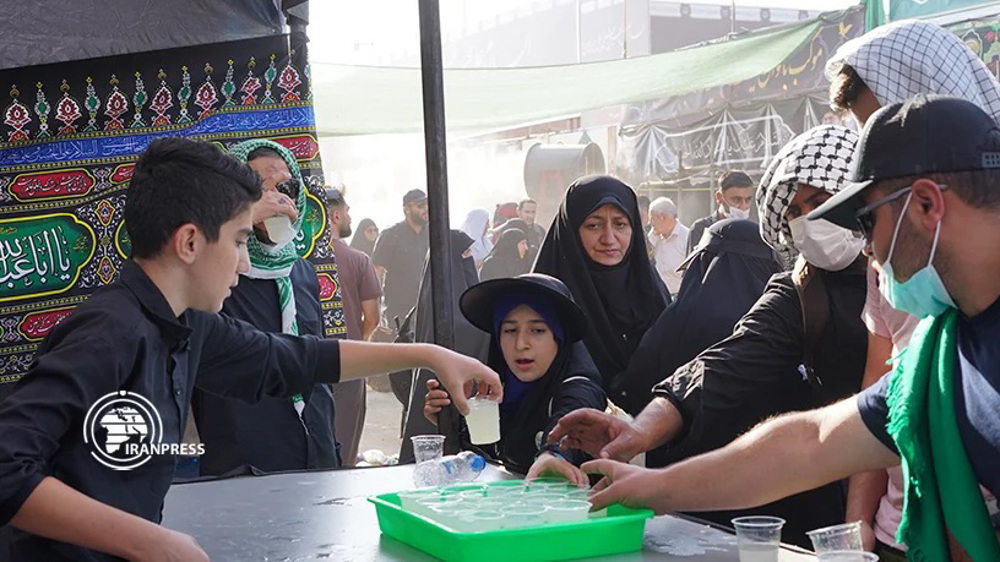The figure marks a new record in the number of Iranian pilgrims, who visit Iraq for the occasion each year, Ali Bahadori Jahromi said on Wednesday, speaking on the sidelines of a cabinet meeting.
Imam Hussein (AS) and his 72 companions were martyred in the Battle of Karbala in southern Iraq in 680 AD after fighting courageously for justice against the much larger army of the Umayyad caliph of the time, Yazid I.
Each year, millions of Muslims descend on the Iraqi holy city to commemorate the occasion, helping formation of the largest annual Islamic gathering.
The occasion witnesses huge groups of mourners traveling on foot towards Karbala. The ceremony falls on September 17 this year.
The previous two years, though, witnessed a sheer drop in the number of the pilgrims due to the outbreak of the COVID-19 pandemic.
Jahromi said around 1.5 million Iranian pilgrims had returned from the trip so far.

Visiting the Shalamcheh border crossing between Iran and Iraq on Tuesday, Iran's Interior Minister Ahmad Vahidi said, "We are witnessing a new peak" in the number of the Iranian pilgrims, who have reached the Islamic Republic's six border posts with the Arab country to mark Arba'een.

He, however, expressed confidently that despite the sheer number of pilgrims, their transit through the border crossings had not faced any problems so far. "We are witnessing a favorable situation, in all the six border [crossings]," he said.
Iranian officials, including the interior minister and Chief Commander of Iran's Islamic Revolution Guards Corps (IRGC) Major General Hossein Salami, have separately expressed their gratitude towards the Iraqi government and nation for facilitating safe and trouble-free conduct of the annual event.
Vahidi, meanwhile, announced that in order to facilitate the pilgrims' return to their home cities, six train tracks have been added to the rail travel routes that take the returnees from the southern city of Khorramshahr to the capital Tehran, the holy city of Mashhad, and the southeastern city of Zahedan.